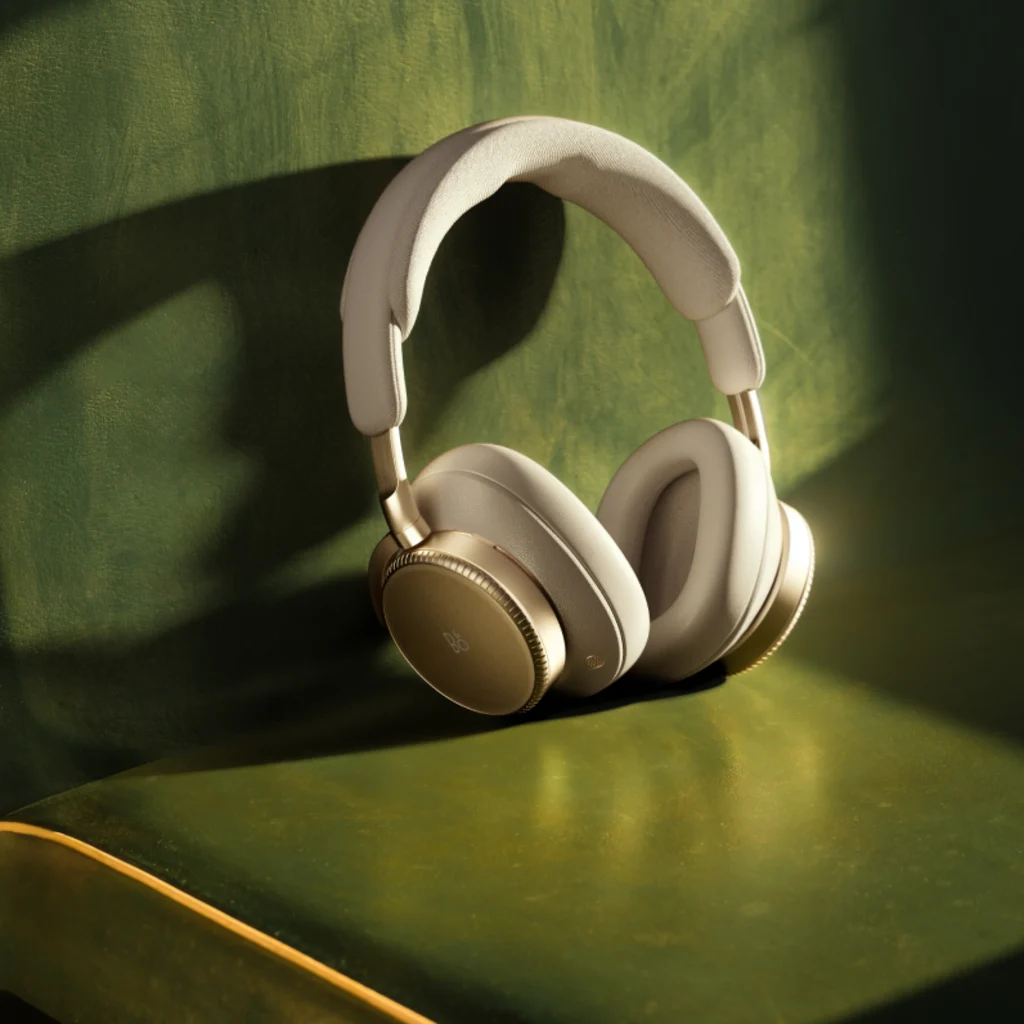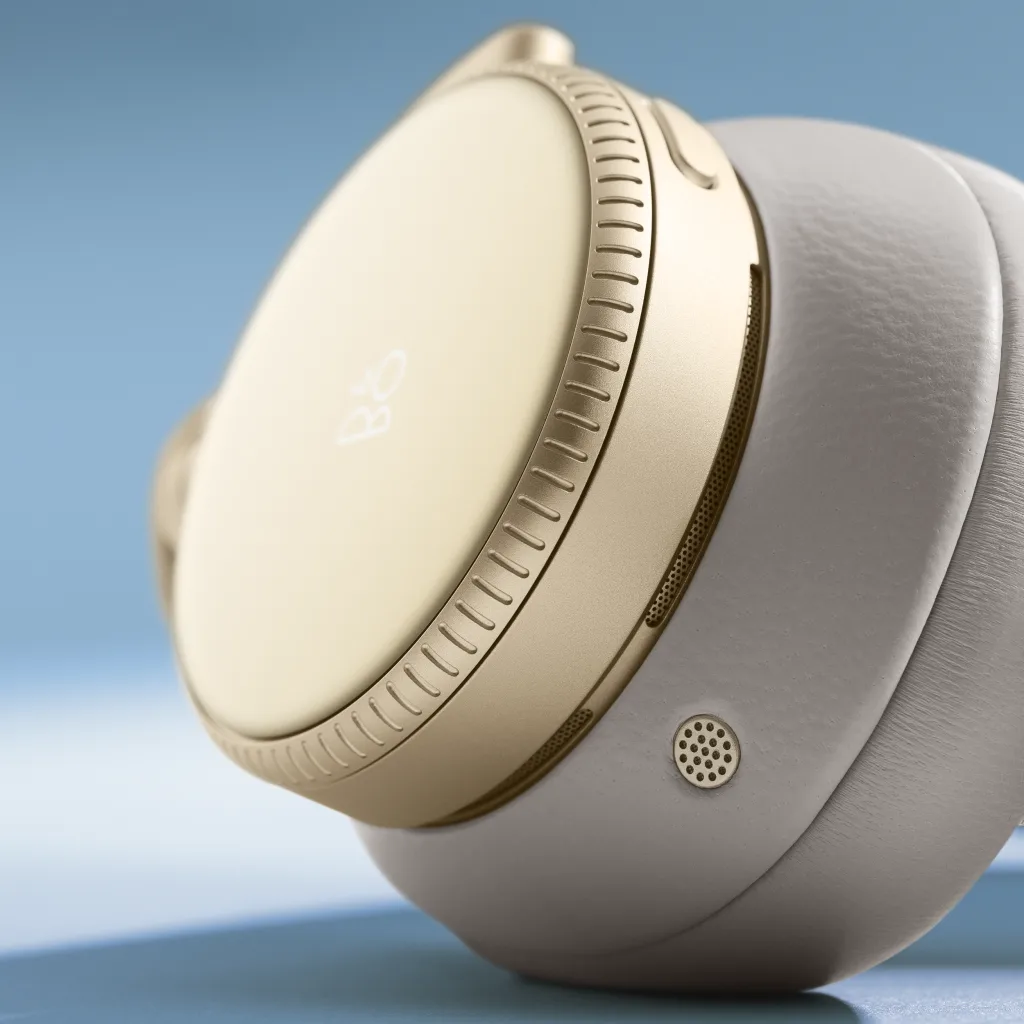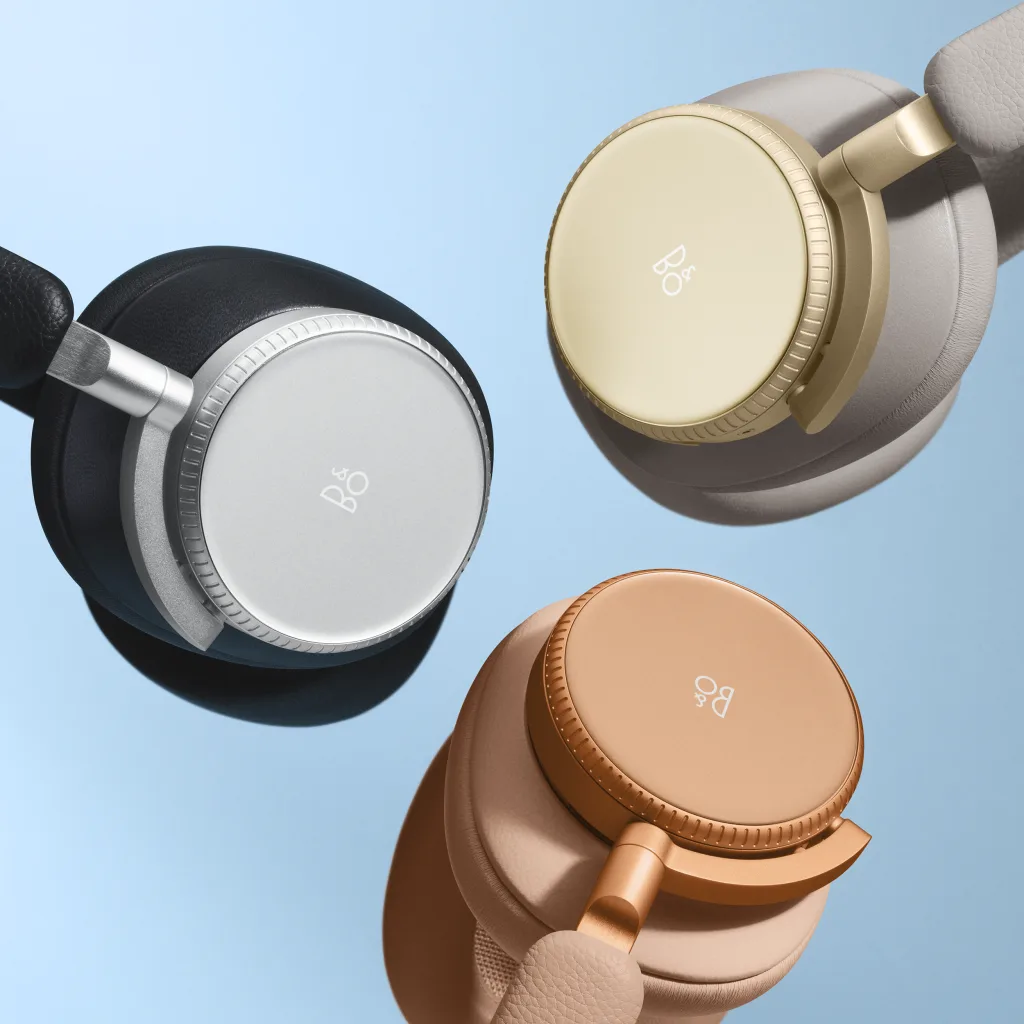- | 9:00 am
Bang & Olufsen’s new $1,500 headphones are designed to last forever
The over-the-top audio gurus designed a top-of-the-line modular headphone with the new Beoplay H100.

The Danish company Bang & Olufsen is known for extremes. (Like, you know, recently selling a $55,000 CD player from 1996.)
Its most recent product—the new Beoplay H100 headphones, which are out today—is proof of that. To create its next gen of wearables, B&O built a new state-of-the-art R&D facility in Austria, and hired an entire ecosystem of experts, so that it could bring the creation of its offerings fully in-house. (Which is dedication, given that B&O already has a massive R&D headquarters in Struer, Denmark.)
“The whole idea of the [Austria] center was basically to get the know-how and build something unique—spend the time needed to do something right and not, you know, just deliver the next product,” says Bang & Olufsen Director of Technology Neo Kaplanis, in a statement that might get him canned anywhere else. “We wanted to build something that nobody else could.”

Kaplanis says there are already some very good headphones out there today, but ultimately, it’s a “black plastic market” replete with compromises between audio quality, style and aesthetic, and build quality. He wanted to make a pair of headphones with no concessions. And while the new H100s may look similar to the brand’s H95 headphones from 2020, Kaplanis says the guts are totally different.
In the past, he adds, when it came to elements beyond the company’s top-of-the-line acoustics, B&O worked with different vendors and consultants to build their headphones. But with their new facility, they brought in a full multidisciplinary team of pros to give themselves total control over their wearables. The team says they tested microphones in some 1,500 3D soundscapes, from trains to toilets. They spent years in R&D to craft the first set of headphones outside gaming headsets to feature Dolby Atmos spatial audio. They dedicated hundreds of hours to the headband alone, which is engineered to adapt to the unique shape of each user’s head.
At $1,549, the final results come with B&O’s high-end price tag—but with that you are buying B&O’s trademark obsessiveness, and thus its technological advances.

Advances in audio
The headphones feature 40mm titanium drivers that pump out high-res 96k/24-bit audio. This is not unheard of in high-end headphones, but the H100 maintains that quality when the other advanced features (noise cancellation, for example) are on simultaneously.
Audio specs aside, the headphones feature a handful of user experience upgrades that make wearing them a pleasure. When you strap on the headphones, they instantly turn on—reason being, Kaplanis notes, if you’re putting them on, you probably want them on. From there, thanks to 10 built-in studio-grade mics, you can decide just how fully immersed you want to be in your audio, dialing the level of noise cancellation up or down using a haptic bevel on the side of either ear cup. Should you want to be more present or field a question from, say, a flight attendant, you can cup your palm over the outside of the ear cup or tap it to hear the world around you.

Head of Design Tiina Kierysch says she drew inspiration for the materials and colors from fine jewelry to achieve a look of sophistication and timelessness. Here, that manifests in three hues: “Infinite Black,” “Hourglass Sand,” and “Sunset Apricot.”
Over the past few years, as Fast Company has reported, B&O has turned a strong focus to product longevity, and a big part of fulfilling that mission has been modularity and products with replaceable and upgradeable components. The H100 team says everything in the headphones was designed around that ethos—from the batteries to the hardened glass touch interface to the circuit boards to the lambskin leather earpad cushions to the software underpinning it all.
For the latter, B&O is debuting its new in-house wearable software platform, Amadeus, which will be upgradable as tech changes over time—and not dependent on the mercy of the market’s whims. Moreover, “[At] this level, the performance is also very tightly knit between software and hardware,” adds Miikka Tikander, director, head of acoustics at B&O, who previously led audio/acoustics engineering on the AirPods Max, Apple’s over-the-ear headphones.
We could go on about the specs and components of the H100s, but the design is ultimately driven by the experience of wearing them. “In our world,” Tikander says, “I think we have succeeded when you don’t think about the product. It just feels good.”








































